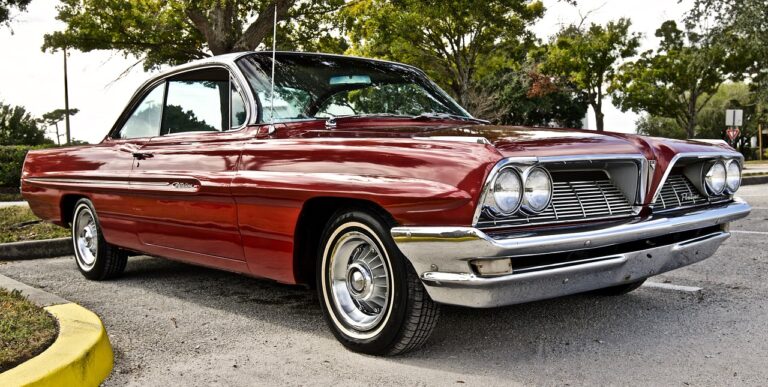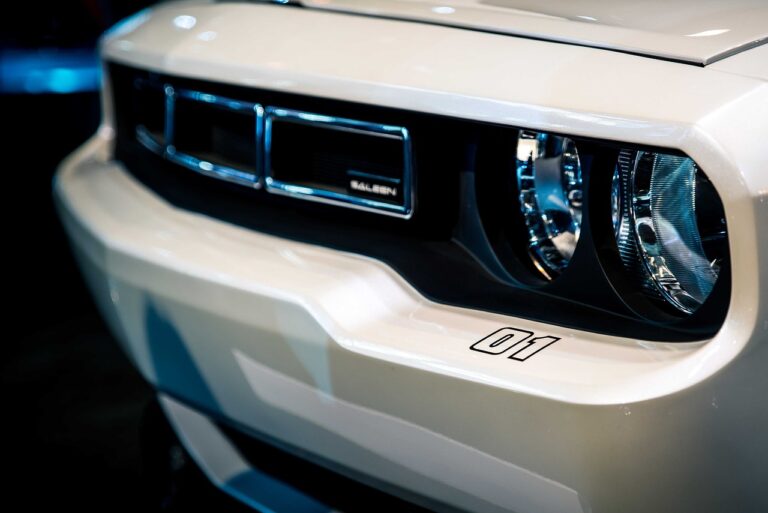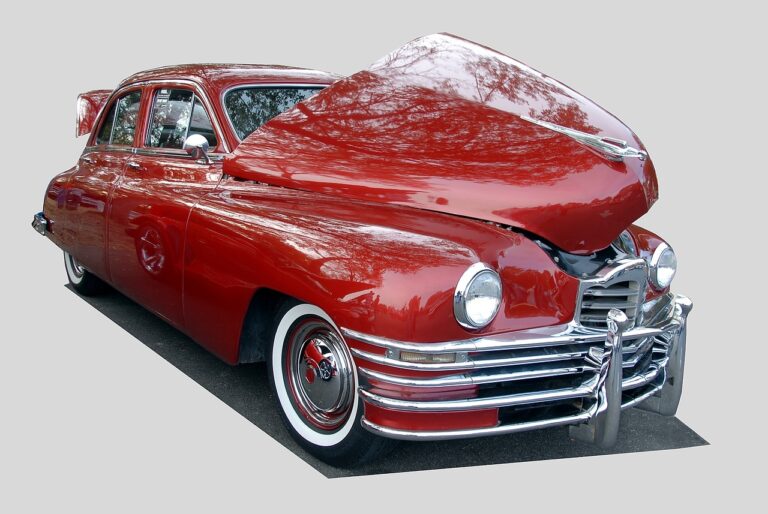Addressing Challenges in Automotive Air Conditioning Design for Autonomous Public Transportation Vehicles
golden exchange id, cricbet99 register, king casino 567:Automotive air conditioning design for autonomous public transportation vehicles presents a unique set of challenges. With the rise of self-driving cars and buses on the horizon, it is crucial to address these challenges to ensure passenger comfort and safety. In this article, we will discuss some of the key issues facing designers of air conditioning systems for autonomous public transportation vehicles and explore potential solutions to overcome them.
Ensuring Efficient Cooling Performance
One of the primary challenges in designing air conditioning systems for autonomous vehicles is ensuring efficient cooling performance. With large passenger capacity and varying outdoor temperatures, it is essential to design a system that can quickly and effectively cool the interior of the vehicle. This can be particularly challenging in hot climates or during peak travel times when the vehicle is at full capacity.
To address this challenge, designers may need to consider implementing advanced cooling technologies such as variable refrigerant flow systems or thermoelectric cooling devices. These technologies can help maximize cooling efficiency while minimizing energy consumption, making them ideal for use in autonomous public transportation vehicles.
Ensuring Passenger Comfort
Another key challenge in automotive air conditioning design for autonomous public transportation vehicles is ensuring passenger comfort. With long travel times and potentially crowded conditions, it is crucial to design a system that can maintain a comfortable temperature and humidity level throughout the journey. Additionally, factors such as noise levels and air quality can also impact passenger comfort and must be taken into consideration during the design process.
To address these challenges, designers may need to incorporate features such as multi-zone climate control, advanced air filtration systems, and noise-reducing insulation materials into the air conditioning system. By implementing these features, designers can help ensure that passengers remain comfortable and content during their travels.
Maintaining Energy Efficiency
Energy efficiency is a critical consideration in the design of air conditioning systems for autonomous public transportation vehicles. With the need to power numerous onboard systems and sensors, it is important to design a system that can provide efficient cooling performance while minimizing energy consumption. This can be particularly challenging in vehicles that operate for extended periods without regular stops.
To address this challenge, designers may need to consider implementing energy-saving features such as variable-speed compressors, low-power consumption fans, and advanced insulation materials. By optimizing the energy efficiency of the air conditioning system, designers can help reduce overall power consumption and improve the vehicle’s sustainability.
Integrating with Autonomous Technology
Integrating the air conditioning system with autonomous technology is another key challenge in the design of air conditioning systems for autonomous public transportation vehicles. With the need to communicate with onboard sensors and systems, it is essential to design a system that can seamlessly integrate with the vehicle’s autonomous technology. This can be particularly challenging due to the complex and dynamic nature of autonomous systems.
To address this challenge, designers may need to collaborate closely with the vehicle’s autonomous technology developers to ensure that the air conditioning system can communicate effectively and respond to changing conditions in real-time. By integrating the air conditioning system with the vehicle’s autonomous technology, designers can help optimize overall system performance and enhance passenger comfort and safety.
Optimizing Space and Weight Constraints
Space and weight constraints are additional challenges that designers of air conditioning systems for autonomous public transportation vehicles must address. With limited space available onboard and the need to minimize vehicle weight to improve fuel efficiency, it is crucial to design a compact and lightweight air conditioning system that can deliver efficient cooling performance without taking up valuable space or adding excessive weight to the vehicle.
To address these challenges, designers may need to explore innovative packaging solutions, lightweight materials, and compact component designs. By optimizing the space and weight of the air conditioning system, designers can help maximize passenger capacity, improve fuel efficiency, and enhance overall vehicle performance.
Ensuring Maintenance and Serviceability
Maintenance and serviceability are also critical considerations in the design of air conditioning systems for autonomous public transportation vehicles. With the need to minimize downtime and ensure quick and efficient servicing, it is important to design a system that is easy to maintain and service. This can be particularly challenging in vehicles that operate for extended periods without regular maintenance stops.
To address this challenge, designers may need to incorporate features such as easily accessible components, intuitive diagnostics systems, and remote monitoring capabilities into the air conditioning system. By designing a system that is easy to maintain and service, designers can help reduce overall maintenance costs and improve vehicle uptime.
FAQs
Q: How can designers ensure efficient cooling performance in autonomous public transportation vehicles?
A: Designers can ensure efficient cooling performance by implementing advanced cooling technologies such as variable refrigerant flow systems or thermoelectric cooling devices.
Q: What features can designers incorporate to enhance passenger comfort in autonomous public transportation vehicles?
A: Designers can incorporate features such as multi-zone climate control, advanced air filtration systems, and noise-reducing insulation materials to enhance passenger comfort.
Q: How can designers optimize the energy efficiency of air conditioning systems for autonomous public transportation vehicles?
A: Designers can optimize energy efficiency by implementing energy-saving features such as variable-speed compressors, low-power consumption fans, and advanced insulation materials.
In conclusion, addressing the challenges in automotive air conditioning design for autonomous public transportation vehicles requires careful consideration of factors such as efficient cooling performance, passenger comfort, energy efficiency, integration with autonomous technology, space and weight constraints, and maintenance and serviceability. By implementing innovative solutions and collaborating closely with key stakeholders, designers can overcome these challenges and create air conditioning systems that deliver optimal performance and enhance the passenger experience in autonomous public transportation vehicles.







